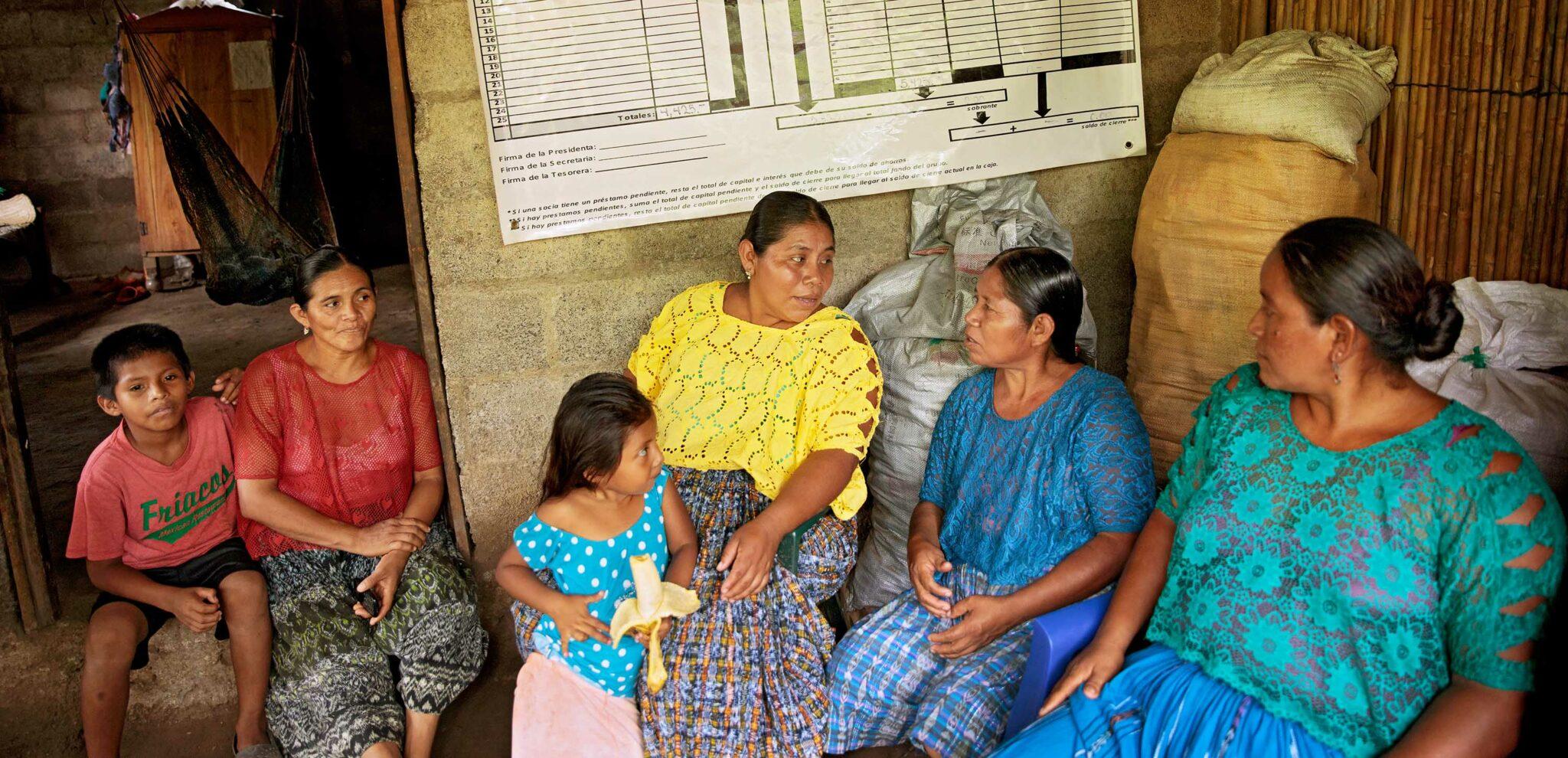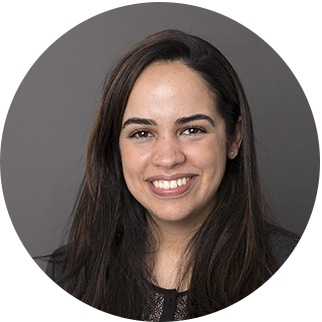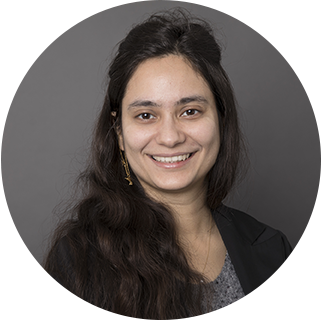
The following excerpt is posted from an article originally published on SDG Action.
As with most threats to well-being, poverty has an accentuated impact on women. Tackling this requires integrated action on several fronts to address the systemic inequalities women face across the world today.
Ever consider why some groups in society are overrepresented among the poor? Take a moment to reflect on this and you will likely soon see a clear pattern: the majority of the world’s poor are population groups that have historically and systemically been exploited and oppressed. Women, across countries, are often overly represented among the poor because – without exception, in all countries of the world – they are not afforded equal rights and opportunities as men in society.
The systemic exploitation and oppression of women impacts not only their equal access to education and health, but also to economic opportunities, voice, and power. The distribution of work along gender lines (women’s work relegated to unpaid care work and men to income-generating activities) ensures that women will face more barriers than men in allocating time and resources to paid work.
Care work, essential for keeping the economic system afloat (social reproduction is after all vital for capital production), is almost always undervalued and subordinate to men’s income-earning role. Unrecognized and unsupported, women’s prominent role in unpaid care is a key contributor to their greater propensity to poverty. The risks are further heightened as other forms of discrimination and disempowerment based on group identity (race, ethnicity, and so on) collide with gender-based discrimination to make poverty not only the more likely starting point, but an exceedingly difficult one to overcome. Engagement in paid work can lead to less poverty and more economic independence, but not if low paid and exploitative.
Globally, 383 million women and girls are estimated to live on less than USD 1.90 a day, compared with 368 million men and boys. The vast majority live in just two regions: sub-Saharan Africa (63%) and Central and Southern Asia (21%). A look at poverty trajectories over time shows that while poverty rates had been on an overall decline in recent years, the COVID-19 pandemic stalled much of this progress. In 2022, 9% of the world’s population was estimated to be living in extreme poverty, compared with 8.6% in 2018 and 11.2% in 2013. The number of poor is rising across all poverty thresholds, including USD 3.20 a day and USD 5.50 a day. An important caveat is that these poverty estimates, measured at the household level, assume an equal distribution of economic resources among household members. The reality in societies where men hold the power and women are largely excluded from it is likely to be far less equal.
Despite these limitations, household-level poverty data disaggregated by sex and age and analyzed through a life-cycle approach reveal meaningful differences in the way women, men, girls, and boys experience poverty. Children, for example, who rarely are independent, comprise 50% of the world’s extreme poor. Unable to provide for themselves, their poverty is tied to the socio-economic status of their caregivers. Lone-mother households are more likely to be poor than two-parent households. In Central and Southern Asia, where a preference for sons over daughters is prevalent, the ratio of girls to boys is higher among poor households when compared with non-poor households. Relatedly, a larger share of girls live in poor households (21%) compared with boys (19%).
The unequal distribution of power and opportunities by sex accumulates and grows at each stage of the life cycle. Gender gaps in poverty similarly become more apparent. Global data show that in all regions, apart from sub-Saharan Africa, differences in poverty rates among those aged 15 to 19 are biased against females at varying poverty thresholds, including at USD 1.90 (although marginally), USD 3.20, and at the USD 5.50 a day level. Differences in age of marriage or family formation, high adolescent fertility, and incidence of lone motherhood are contributing factors in the gender poverty gap. These gaps continue to widen and reach their peak among those aged 25 to 34, a period in women’s life cycle when they are most likely to be caring for young children and when their male counterparts are most likely to be engaged in income-generating activities.
Globally, labor force participation rates among people aged 25 to 54 are 1.8 times lower for women than for men. Just 51.6% of prime-working-age women are engaged in the labor force compared with 94.6% of their male counterparts, and the pandemic has exacerbated this gap. The gender gap in labor-force participation is largest among married individuals with children, a result of prevailing norms that continue to prescribe women a greater share of unpaid care work responsibilities. A lifetime of fewer paid work hours, unequal pay, and other forms of discrimination in the workplace, including in access to higher-paid jobs, culminate in less income, savings, and pension in old age.
For the full story, go to SDG Action.


